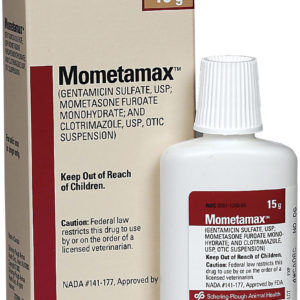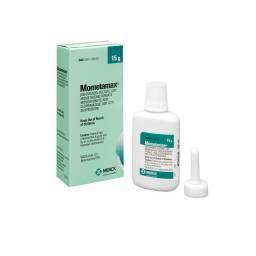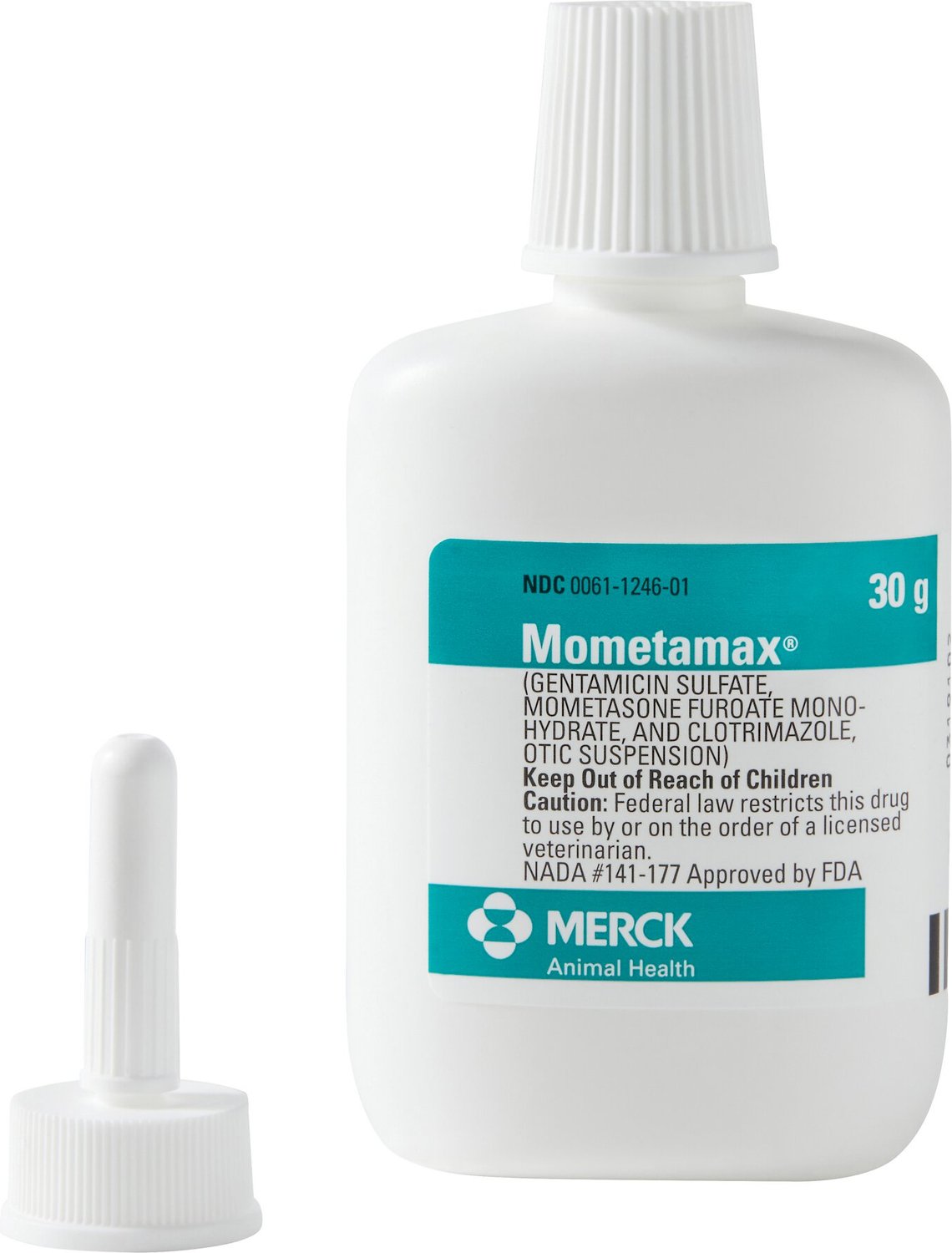
#Otomax vs mometamax skin
When a dog has an allergy, it usually causes either itchy skin or itchy ears. Just like us humans, our canine companions can get allergies to all sorts of things, like: 3) AllergiesĪllergies are one of the most notorious and frustrating underlying causes of dog ear infections. Often, dogs can have a mixed infection of both bacteria and yeast causing their ear infection. Yeast infections can also occur if your dog is a breed that tends to get moisture build-up within their ears, such as bulldogs, dogs with a lot of hair in their ear canals, or certain hound breeds with floppy ears.įinally, yeast infections can also occur as a result of allergies. Yeast ear infections can happen if your dog gets water in their ears - such as during a bath or swimming - that isn’t cleaned out well. And, just like with bacteria, an ear infection can happen when the normal yeast that lives on your dog’s skin overgrows. Again, these infections are not contagious dog to dog. 2) YeastĪnother culprit contributing to ear infections in dogs is yeast. This is why your vet will test your dog’s ear to be able to treat their infection successfully. And the cycle continues.Ĭertain types of bacteria respond better to certain medications. This makes your dog’s ears even more inflamed and itchy. Then, the bacteria that naturally live on the surface of your dog’s skin take advantage of the broken skin barrier and throw the balance out of whack, multiplying like crazy. This causes the normal skin lining within your dog’s ears to lose its healthy, protective skin barrier. What usually happens is your dog’s ears become irritated or inflamed due to outside causes, such as allergies. In fact, it’s related to the normal bacteria that lives on your dog’s healthy skin. These bacteria are typically not contagious between dogs. Various types of bacteria can contribute to ear infections in dogs. Three more common causes of ear infections in dogs are listed below. But ear mites are rarely seen as a cause of ear infections these days, unless your dog is actually a cat! Ear mites are much more common in cats than dogs. While most people may immediately jump to thinking their dog has ear mites, these are actually not very common in dogs.Įar mites are a type of parasite that can be contagious between dogs. There are quite a few things that can cause ear infections in dogs. For many dog owners, it can even mean you’re losing out on rest, too. You may notice that at times of rest or when your dog should be going to sleep, they spend time constantly shaking their head or scratching at their ears. Seeing blood coming from their ears in severe cases Yelping out when their ears are touched, which indicates pain Having redness or swelling in their ear canals Noticing drainage or discharge in their ears that can be black, brown, white, green, or yellow in color Having a bad smell coming from their ears Rubbing their ears on furniture or the floor Scratching at their head, neck, and ears with their back feet Shaking their head frequently throughout the day Dogs will also have other signs you can look out for, including: If your dog has an ear infection, their ears will likely be itchy to some degree. This allows us to advise patients to keep unfinished drops for potential future use with beneficial economic implications.How do I know if my dog has an ear infection? It is likely these findings apply to other antimicrobial drops and for other organisms.

aeruginosa over at least 4 months from opening, or that the bottle contents become contaminated after use in patients with culture-positive otorrhea. There appears to be no evidence that antimicrobial ear drops containing either gentamicin or ciprofloxacin lose their efficacy against either S. The drop solution itself also showed no contamination after having been opened for 4 months and used by a patient. Of drops returned after use on infected patients, none of the cultures from the teats of the bottle grew any organisms.


Neither antibiotic showed deterioration in effectiveness against either microorganism over a 4-month period, as assessed by the size of inhibitory zones on inoculated agar plates. In addition, drops used for 1 week on patients with culture-positive otorrhea were analyzed for contamination of both the bottle teat and the drop solution. Bottles were also assessed for contamination once opened. Their effectiveness was assessed on agar plates inoculated with both Staphylococcus aureus and Pseudomonas aeruginosa. We aimed to determine appropriate recommendations for the shelf life of common antibiotic-containing topical otic solutions.Įar drops containing gentamicin and ciprofloxacin were analyzed.

The advice given to patients regarding the shelf life of antimicrobial ear drops is based on little or no evidence.


 0 kommentar(er)
0 kommentar(er)
